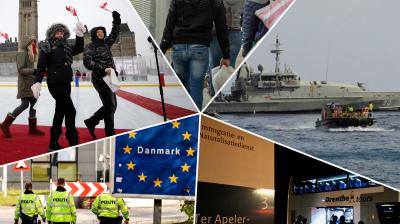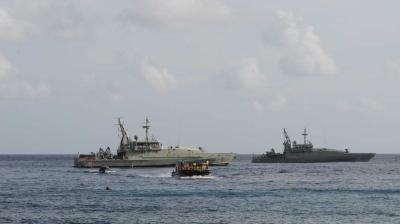In Search of Control | Denmark
When assessing the topic of access to (extra)territorial asylum in a European context, Denmark holds a certain ‘status aparte’. Denmark joined the EU in 1973 after cautious consideration, having a carefully balanced approach towards European integration. The country’s position can be characterized by a ‘soft’ form of Euroscepticism, making the decision to ‘opt in’ when there are considered benefits. Denmark is not part of the eurozone and negotiated several other ‘opt-outs’ among which the (larger part of the) common EU rules on asylum and migration. This means that they are formally not bound by the EU asylum acquis, which provides them with a unique position as EU-Member State.
After 2015 when 1,2 million people, mostly from Syria, were seeking refuge in the European Union, the Danish government, with broad consensus in parliament, has implemented legislation and policies to further restrict asylum protection. Primary aim was, and still is, to make Denmark less attractive to asylum seekers. Residence permits are now granted on a temporary basis with a view to returning refugees to their countries of origin as soon as possible, and not to integration and long-term residence: a self-indicated so-called ‘paradigm shift'. Moreover, the Danish government is very straightforward, and even takes ‘pride’ in communicating their message of pursuing a very strict (territorial) asylum policy.
About the project
This report is part of the project 'In Search of Control: International comparative research on (extra-)territorial access to asylum and humanitarian protection'. The purpose of this comparative research project, led by the Clingendael Institute, was to collect existing knowledge about the asylum systems of Australia, Canada, Denmark, the Netherlands, and the United States, and to complement this with an analysis of national legislation, policy, and implementation practices, focussing on access to (extra-)territorial asylum. While there are overlaps, each of the asylum and refugee protection systems in the research project operates in very different geographical situations and political contexts. Find the other country reports here.







